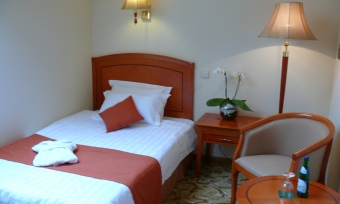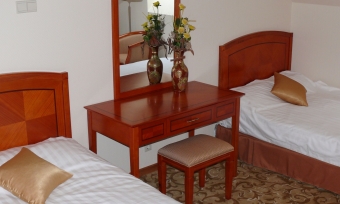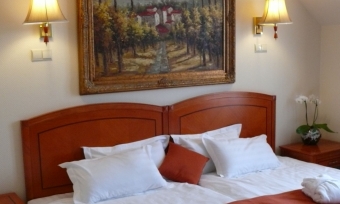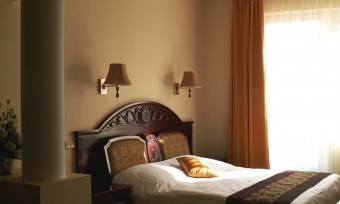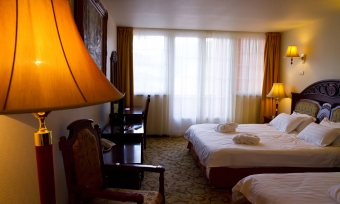Esztergom Castle Museum
The Castle Museum is a branch of the Hungarian National Museum, located at the southern point of the bastion system of Esztergom Castle, at Szent István tér 1. It presents the preserved rooms of the excavated royal palace, while the exhibition in the palace halls tells the history of Esztergom Castle.
A Magyar Nemzeti Múzeum Esztergomi Vármúzeuma állandó és időszakos kiállításokkal várja a látogatókat. A Vármúzeum gyűjtőterülete a Várhegyet és közvetlen környezetét öleli fel. A permanent exhibition is the exhibition "The History of Esztergom Castle", presented in several rooms:
- Room 1: Archaeological remains of the Castle Hill and its immediate surroundings, dating back to the pre-migration period, are on display in the 15th century vaulted room. Archaeological finds dating back 18-20 thousand years.
- Second room: artefacts from the Migration and Conquest period around Esztergom.
- Third room: the surviving columns of the St. Adalbert Cathedral from the XI-XII centuries. The room itself is the surviving kitchen of the Archbishop's Palace. Here you will find the Porta speciosa.
- Fourth room.
- Room four: the so-called 'St Stephen's Room', the only 12th-century living room in the royal palace to have survived intact. It was long believed to be the birthplace of Václav. The living room offers a fantastic view of the Water City below the castle. From here, a narrow staircase leads up to the floor of the residential tower.
- Room 6: The excavations are illustrated by a colourful fresco by Ferenc Deéd (Dex) and photographs by István Petrás.
- Room 7: The living room, the study of Archbishop János Vitéz, is actually a fragment of an old room. This room was named Studiol, after the once brilliantly coloured frescoes, at the time of its excavation. A falat a négy fő erény hatalmas portréja díszíti. A freskók a 15. századból valóak, a Mértékletesség alakját egyes feltételezések szerint Sandro Botticelli festette. The space was divided by a single strap arch, the Zodiac arch, and covered by a Roman cross-vault in two fields. Fragments of the vault are still visible, although not in their original position.
- Castle chapel: Built in late Romanesque, early Gothic style, with many 12th century fresco remains. Above the western doorway of the hall is the rose window, which has become the symbol of Esztergom. From here, a staircase leads down to the courtyard, where Turkish tombstones are on display.
